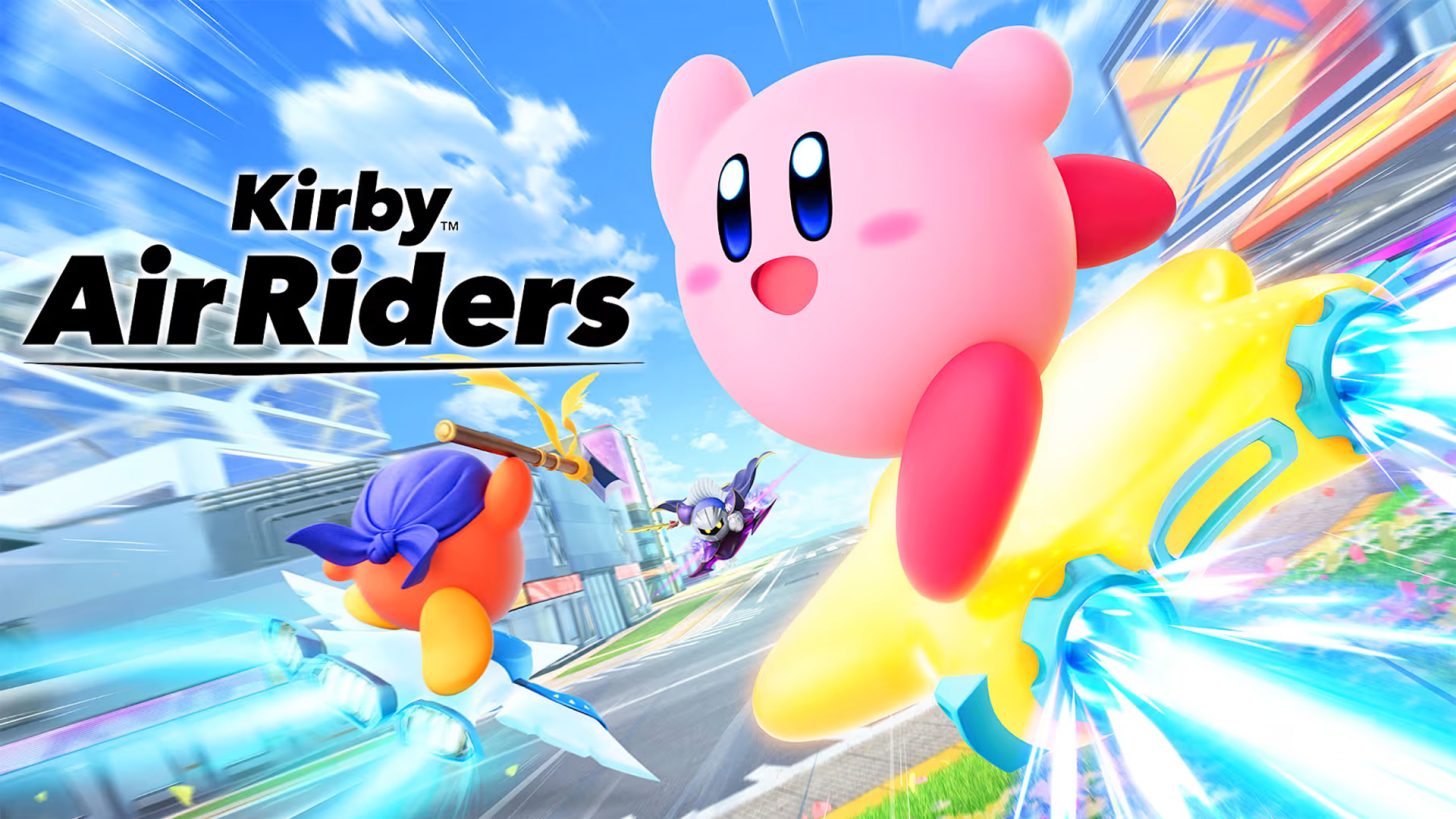In a year overflowing with kart racing delights, fans now have the opportunity to dive into a uniquely exhilarating experience with Kirby Air Riders. Originally released on the Gamecube in 2003, this cult classic has been revived after two decades by the beloved series creator, Masahiro Sakurai. Known for crafting iconic titles, Sakurai brings back the pink puffball with fresh vigor, inviting players to explore whether this comeback hits the mark or should have remained a nostalgic memory.
The Quirky Appeal of Kirby Air Riders
Kirby Air Riders offers a distinctive twist on racing games, courtesy of Sakurai’s quirky style. Players zoom through tracks on various floating and wheeled machines that speed up independently. The real challenge lies in mastering various boosting techniques. The game introduces a unique mechanic: the Boost Charge, which allows players to slow down and then catapult around corners. Players can also glide after jumps, collect boosts by defeating enemies, or trail behind other racers to gain speed. True to its kart racer heritage, players can attack opponents using Copy Abilities and unleash powerful Specials after filling a meter through combat or taking damage.
A Chaotic Racing Adventure
Despite simple controls, Kirby Air Riders encompasses deceptive complexity, similar to Sakurai’s Super Smash Bros. series. The game’s courses defy traditional designs, mimicking the frenzied spirals of a 3D Sonic level more than typical racetracks. Invisible barriers keep competitors on course as they dash through tumultuous landscapes. The chaotic races can be thrilling, with the game’s vibrant environments running seamlessly at 60fps. However, with only 18 tracks, players might yearn for more variety.

In addition to racing, the game includes the renowned City Trial mode, a mix of vehicle combat and minigames. Up to 16 players can explore a city stage, collecting power-ups before engaging in diverse challenges. However, some may find the city phase chaotic and the minigames inconsistent in quality. The Top Ride mode offers a simpler, top-down racing experience reminiscent of classic games, albeit short-lived.
The newly introduced Road Trip story mode adds depth but struggles with pacing, offering easy challenges before spiking in difficulty. The leveling system, allowing players to enhance stats like Glide, can lead to unintended exploits, making late-game encounters frustrating. Ultimately, while Kirby Air Riders is packed with innovative ideas, many features feel underdeveloped, limiting long-term engagement beyond initial fascination.

